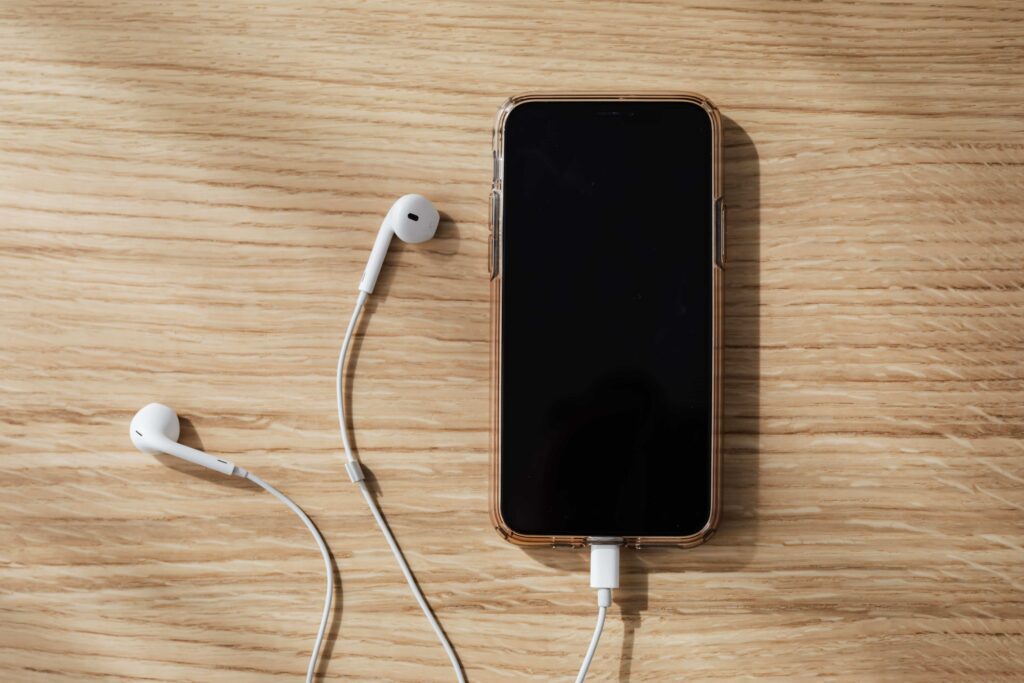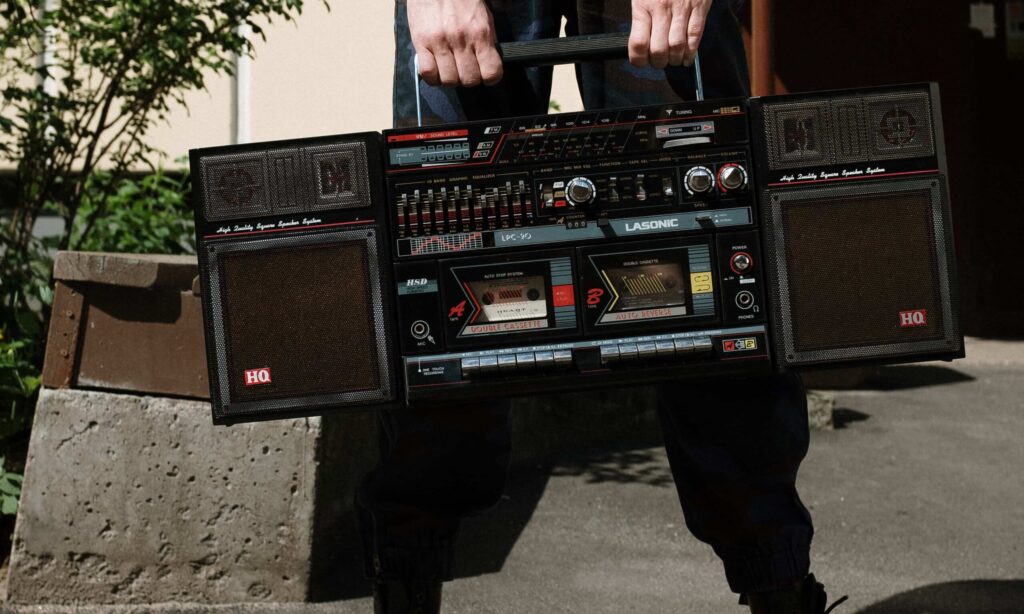|
Getting your Trinity Audio player ready...
|

What to do with advertising budgets is an issue that has kept marketing professionals up all day long. As Cannes Lions recently showed, figuring out the budget in this ever-changing economic climate is getting more complex and challenging. This is made more difficult by the necessity of reaching diverse audiences on multiple platforms. Due to the highly unpredictable nature of digital media marketing, it’s normal for them to prefer waiting and seeing. If there is one sector that will continue to make a massive impact on brand recognition, it’s digital audio.
In a world of constant information, audio has certain advantages. It’s safe, doesn’t have to compete with several tracks simultaneously, and is usually tucked in between the content we enjoy.
Traditional radio is currently ahead of digital audio in the audience, with around 217 million, compared to digital audio’s 169 million listeners last year. According to the Statista Advertising & Media Outlook, those figures are changing dramatically. The two will be neck and neck, with phenomenal growth in the digital audio market in the next three years. Unsurprisingly, the amount of digital audio spent is increasing, estimated to be nearly eight billion by 2025. This will be more than 40 percent of all audio advertising purchases.
When investing in audio benefits marketers, what needs to be clarified is the best way to funnel this investment to traditional broadcasts or podcasts. The fact is that both have entirely different functions on opposite ends of the channel. Podcasts, for example, attract incredibly niche audiences. This audience may be tiny in number. However, the listener focus is high, and there is an excellent chance of inducing a behavior.
Radio, however, is a more popular listenership but has a lower attention rate. Radio is an excellent format to create memory structures for its viewers, allowing “mental availability” through repetition. It is an ideal medium for casually introducing your audience to your business.
Both formats are beneficial, but how they are employed is vitally important.
Take into consideration the timing and flexibility.
As we said, podcasts are a great way to draw in specific audiences. However, these audiences are potent advocates. New listeners they bring in are later drawn in to work through the library of podcasts and could be exposed to an extensive amount of advertisements for your brand in the shortest amount of time.
These extremely niche audiences offer the possibility of further targeted advertising. For instance, platforms allow you to focus on listener profiles, not just the primary show you’re buying, but other shows that reveal their demographics and preferences.
Show Now
In addition, terrestrial radio offers many possibilities regarding flexibility as well as greater reach. Radio still has a distance of over 80 percent of American adults every week, and hundreds of stations serve both local and local markets. Radio doesn’t require a lot of targeted advertising to reach an enormous number of people.
All of this, there is an issue of privacy. It isn’t easy to discern the types of information digital audio offers in traditional radio. Determining who is heard on and when on terrestrial radio is much more challenging.
Think about how your message will play live.
In terms of timing, radio offers the live element that podcasts do not. Live-read advertisements have long-standing radio history. With highly relevant ad text quickly created, advertisers can get their message across to an audience by using captivating content that generates an impression and a sense of urgency that would not be possible in traditional ads.
The increasing popularity of dynamic audio brings a sense of life even in podcasts. Voice-based ads based on dialogue, facilitated by AI, can turn listening into a live experience. When combined with high-quality context, the back-and-forth of a dialogue advertisement can result in some stickiness in places it wasn’t previously.
However, the more conventional approach to advertising on podcasts requires time to look at. Podcast binge-listening is quite common. Instead of relying upon timeliness and references that will become out of date in only a couple of weeks, podcast advertising is more effectively served by evergreen content that works equally well after the release date as it does a year after.
Take note of the person who is the person who is delivering your message.
Ultimately, it’s not just about the message being broadcast but also about who is communicating it to your listeners. Both radio as well as podcasting offer the possibility of leveraging individuals.
Live-read advertisements on the radio are so effective because of the hosts. Listeners to the radio are loyal. They’ll tune in to the exact morning program year after year as they feel a connection to their hosts, who are entertained during their commutes. Their relationship with the show will make them more likely to take action on advertisements they see. Live reading can boost response and recall rates, too.
The same is true with podcast advertisements that are read by hosting. Podcast hosts form the same connections to their listeners through their content. For example, they can also include a splash of color in their advertisements by noting how they utilize the product.
These connections are essential to make to advertisers. But it’s equally as crucial to understand what kind of people they’re deciding to represent their brand. For instance, promoting a home safety system on an actual crime podcast could come across as in bad taste. Listening to a popular podcaster talk about the delivery service they use could increase your KPIs.
Conclusion
With the possible exception of small-scale brands, deciding whether to invest in conventional radio or podcasts is not a binary choice. A company can be highly successful using traditional radio to generate brand recognition and spark interest. Then, it can convert enthusiasm into action by targeting the correct audience by endorsing their preferred podcaster.
A sound digital audio strategy requires understanding the people you want to reach and using various formats and models to connect with them. Digital audio offers an exciting, dynamic way to get your target viewers.



